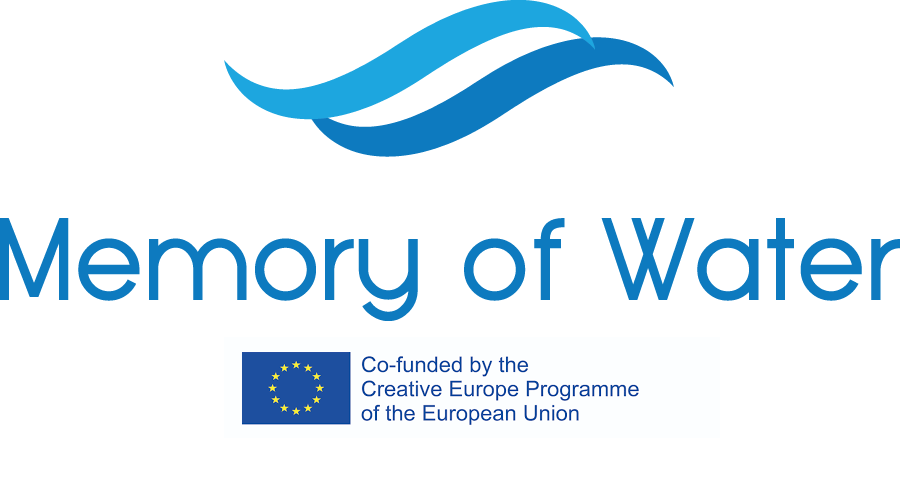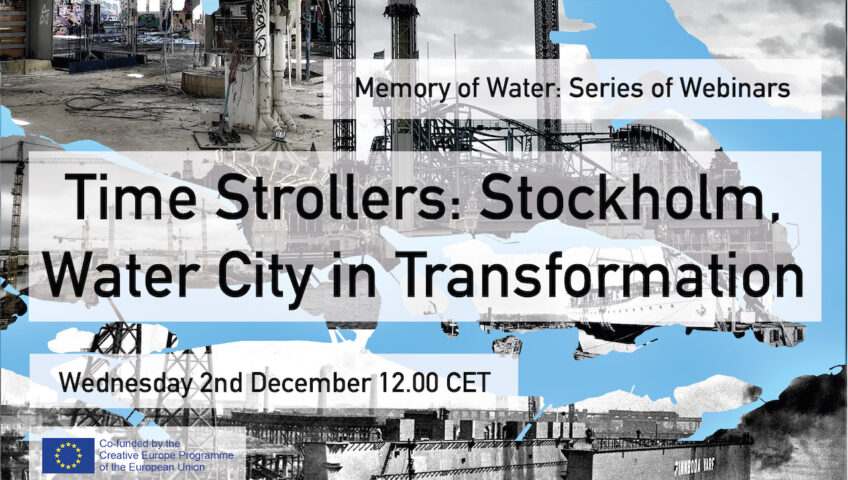A conversation between artists and experts on urban planning and cultural planning. In this webinar, Intercult invites you to take a closer look at Stockholm from two perspectives: investigating how city planners value heritage and uncovering the memories that are there. Both perspectives are exploring the role of artists in the sustainable development of the city. Post-industrial sites on waterfronts are attractive pieces of land throughout Europe, city plans are made where these environments are transformed into modern residential areas, but for whose benefit?
All over Europe, civil society, cultural activists, architects and urban planners believe that it is worth effort and cost to preserve our post-industrial cultural heritage. Industrial heritage may seem relatively young but it still contains memories of a time when European cities flourished and where many of today's inhabitants can tell a story connected to their lives. What methods and actions can be used to impact the future planning of our urban environments?
In Stockholm, as in other cities, we experimented with the role of the interventionist artist in making visible the value of our heritage. Five artists practised silent walks through port areas from Norra Hammarbyhamnen to Slussen to reflect on large infrastructure projects taking place (both finished and ongoing) on former industrial areas: brickyards, pitch factories, shipyards, parks and pavilions, as well as places in the middle of the city and on the waterfront that are in constant transformation. Based on the findings, each artist created their own artistic intervention: shown during one common event “Time Strollers”.
Can the interventions of artists be a driving force on decision making that will preserve industrial and cultural landmarks for the future inhabitants in Stockholm?
You can watch the full event below:

